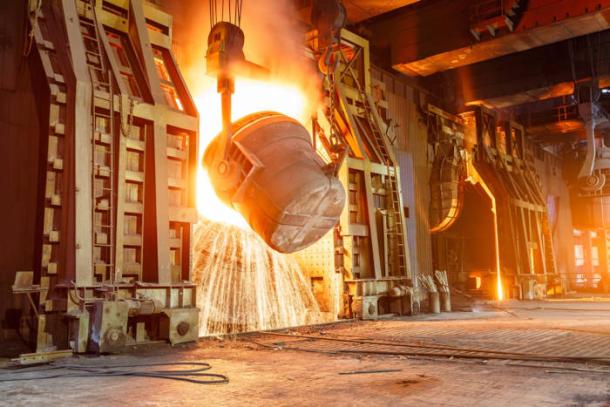🔴 Website 👉 https://u-s-news.com/
Telegram 👉 https://t.me/usnewscom_channel
A reanalysis of a 3,000-year-old metallurgical workshop in Georgia has revealed how ancient copper smelters may have accidentally discovered the secret to iron production, fundamentally changing our understanding of one of humanity’s most transformative technological leaps. The discovery at Kvemo Bolnisi demonstrates that what was previously thought to be early iron smelting was actually sophisticated copper production using iron oxide as a flux to improve yields.
The research from Cranfield University challenges long-held assumptions about the transition from the Bronze Age to the Iron Age. When the Georgian site was first excavated in the 1950s, archaeologists found extensive piles of hematite (iron oxide mineral) and slag waste products, leading them to conclude they had discovered an early iron smelting facility. However, new analysis reveals these ancient metalworkers were actually using iron oxide as a flux agent to enhance copper production rather than attempting to smelt iron itself.
This accidental experimentation with iron-bearing materials in metallurgical furnaces represents a crucial stepping stone toward true iron smelting technology. Dr. Nathaniel Erb-Satullo, Visiting Fellow in Archaeological Science at Cranfield University, emphasized the significance:
“This shows that these metalworkers understood iron oxide as a separate material and experimented with its properties within the furnace.”
